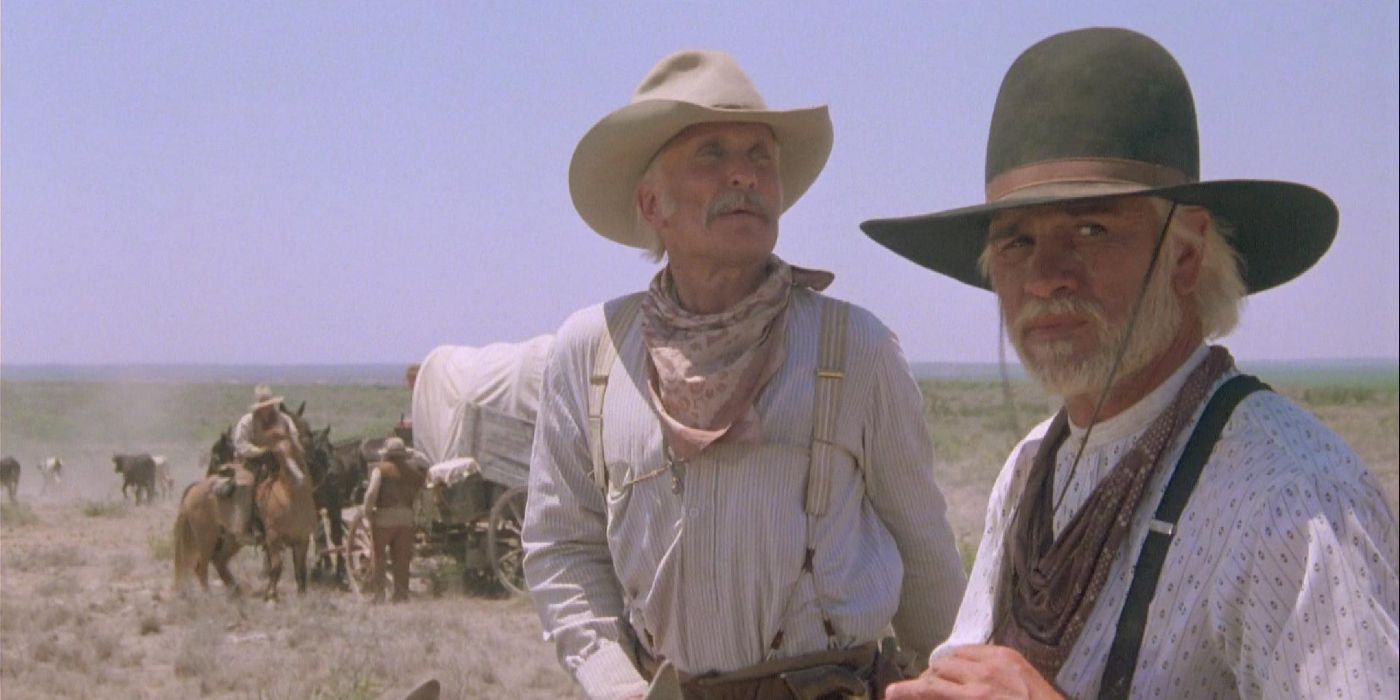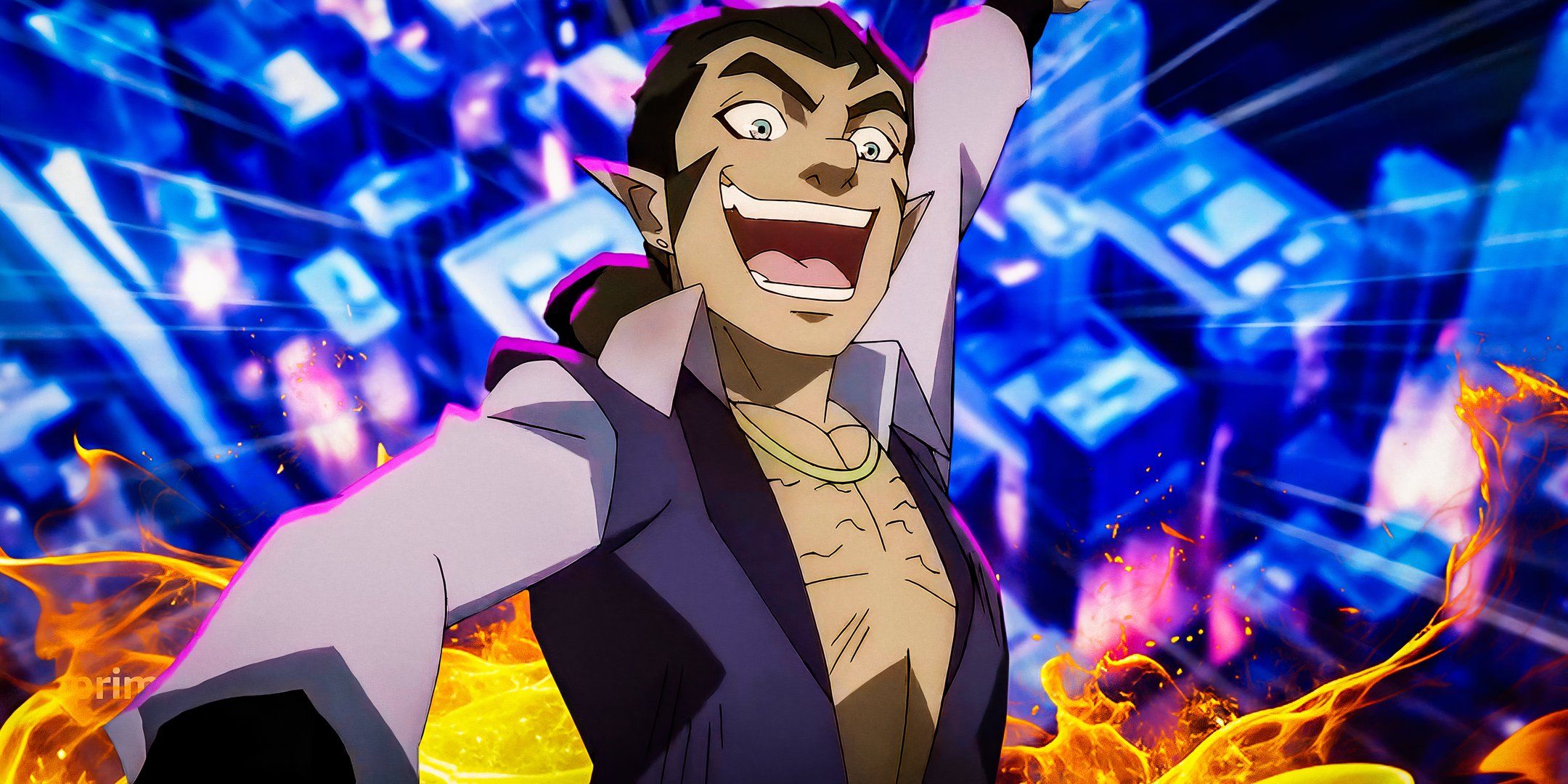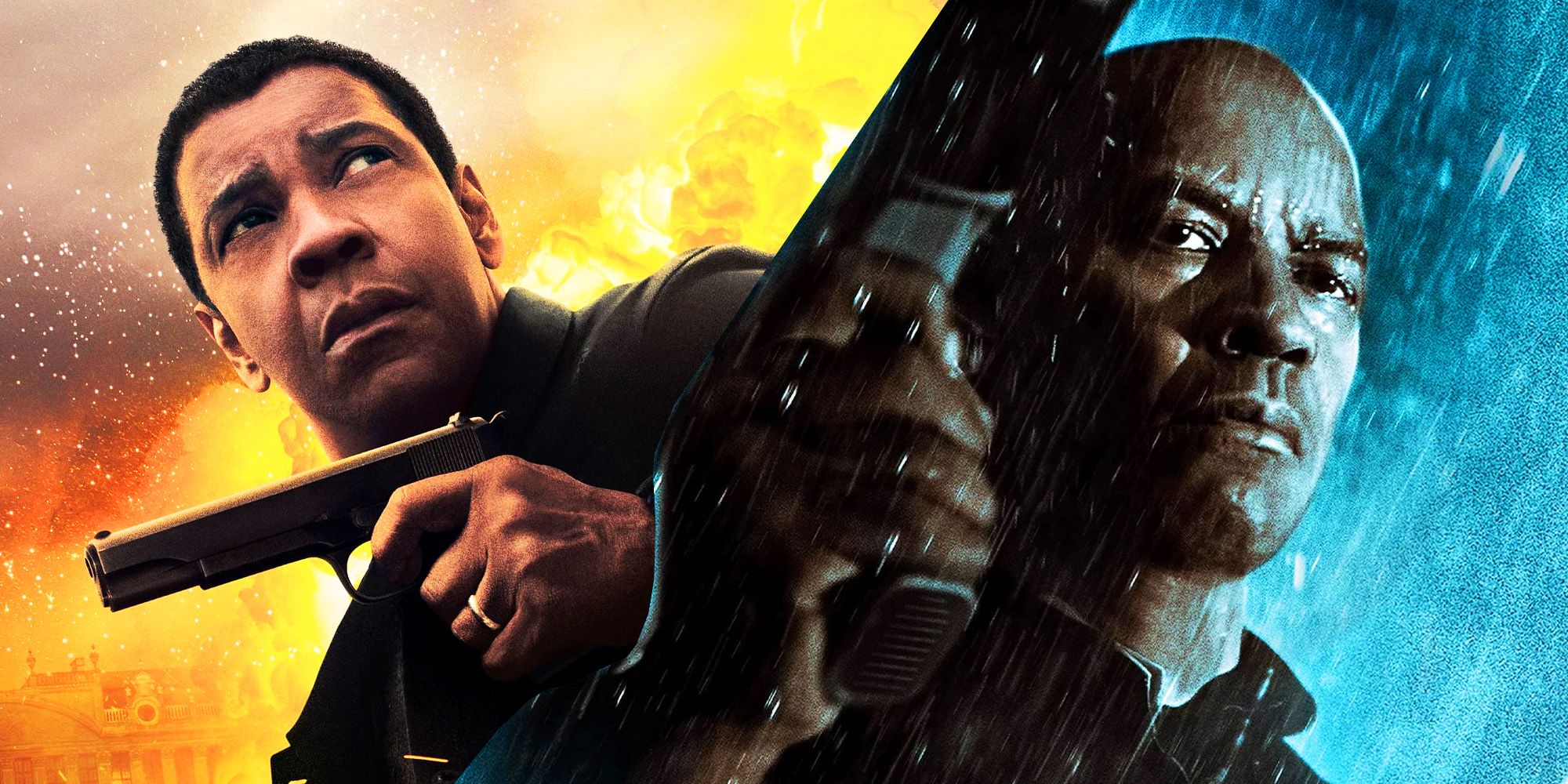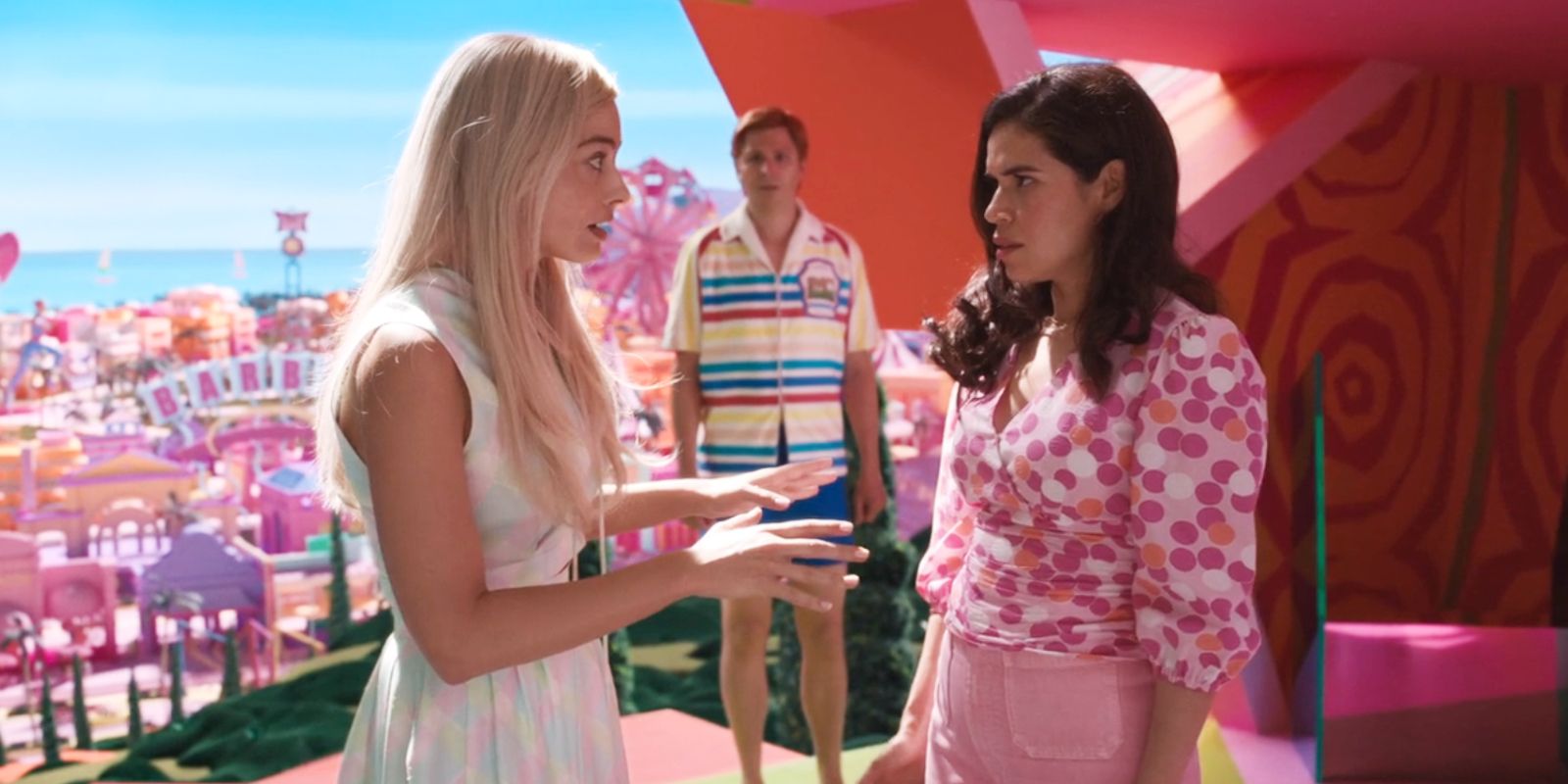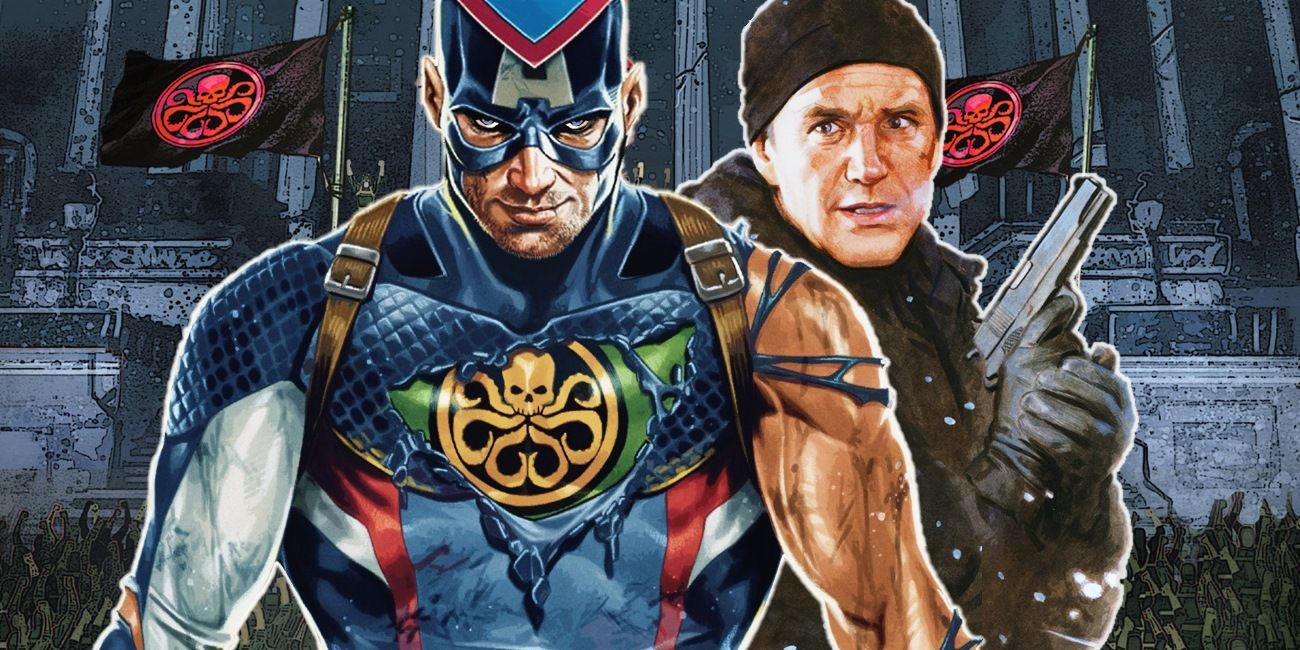Steven Spielberg and Martin Scorsese are two of the most respected filmmakers, and they have stood out for their distinctive narrative and visual styles, and at one point in their careers, they ended up trading scripts of what would become some of their finest works. Steven Spielberg’s career as a filmmaker began in 1964 with the sci-fi movie Firelight, and since then, he has mostly worked in the sci-fi, action, and drama genres, directing classics like Jaws, Close Encounters of the Third Kind, E.T, and Jurassic Park.
Martin Scorsese’s career started in 1967 with the drama movie Who’s That Knocking at My Door, and he ended up becoming best known for his gangster movies, such as Goodfellas and The Departed, though he has also made movies from other genres, such as the sports drama Raging Bull, the black comedy After Hours, and the adventure drama Hugo. At one point in the 1980s and early 1990s, Scorsese and Spielberg were working on two very different projects that they ended up trading for different reasons, and in the end, these became some of their most acclaimed works: Cape Fear and Schindler’s List.
Why Scorsese & Spielberg Exchanged Scripts For Cape Fear & Schindler’s List
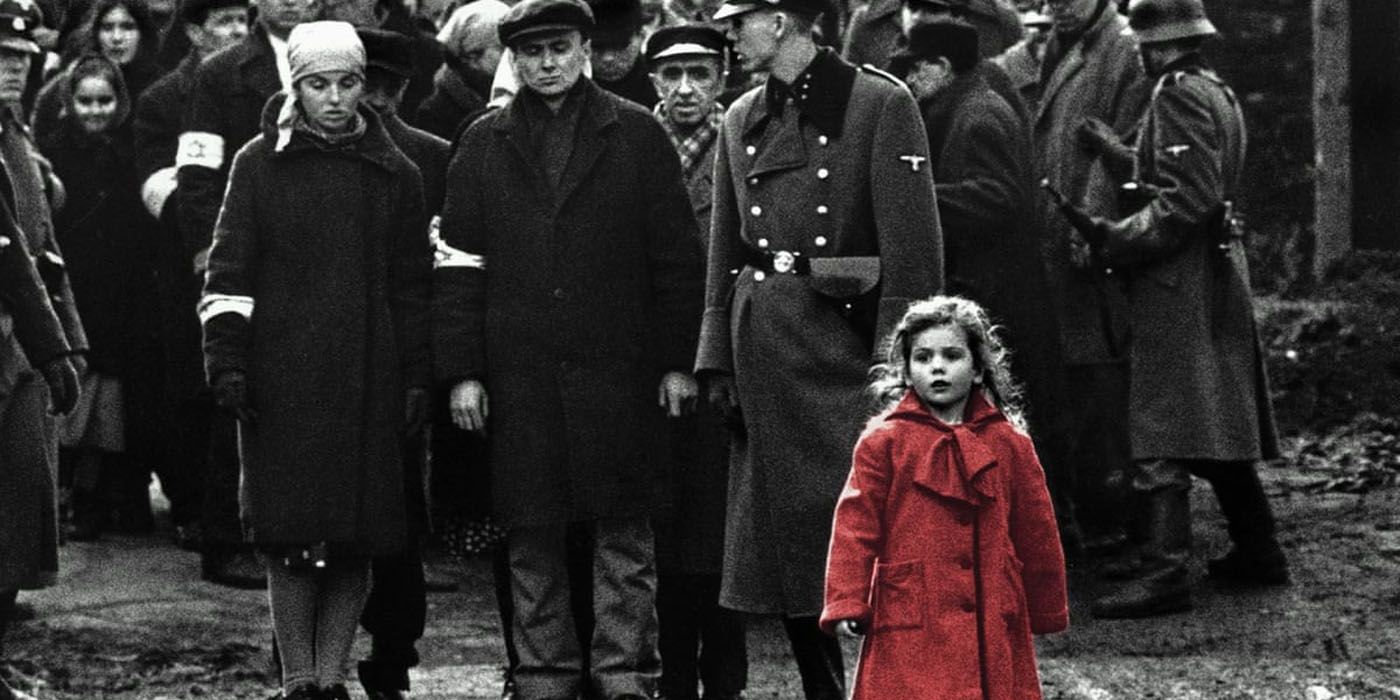
A movie about Oskar Schindler and his actions during World War II had been in development since 1963, but it wasn’t until 1982, when the historical novel Schindler’s Ark was published, that it was taken more seriously. Spielberg was sent a review of the book and he was astounded by the story, and his interest in it was enough for Universal Pictures to buy the rights to the novel. However, Spielberg was unsure if he was mature enough to make a movie about the Holocaust, and he tried to pass the project to Roman Polanski, who turned it down, and later offered it to Sydney Pollack and Scorsese. The latter was attached to direct it in 1988, but Spielberg began to second guess the decision.
Spielberg had been developing Cape Fear, but decided it was too violent for him and, in order to get Schindler’s List back, he traded it to Scorsese, who had decided not to make Schindler’s List. Scorsese agreed to do Cape Fear because Universal supported The Last Temptation of Christ, and Spielberg stayed on as a producer (though chose not to be credited on the finished product). The only known detail about Spielberg’s vision for Cape Fear was that he wanted Bill Murray to play Max Cady, a role that was masterfully played by Robert De Niro, and in the end, the trade was a successful one.
The Legacy of Schindler’s List & Cape Fear
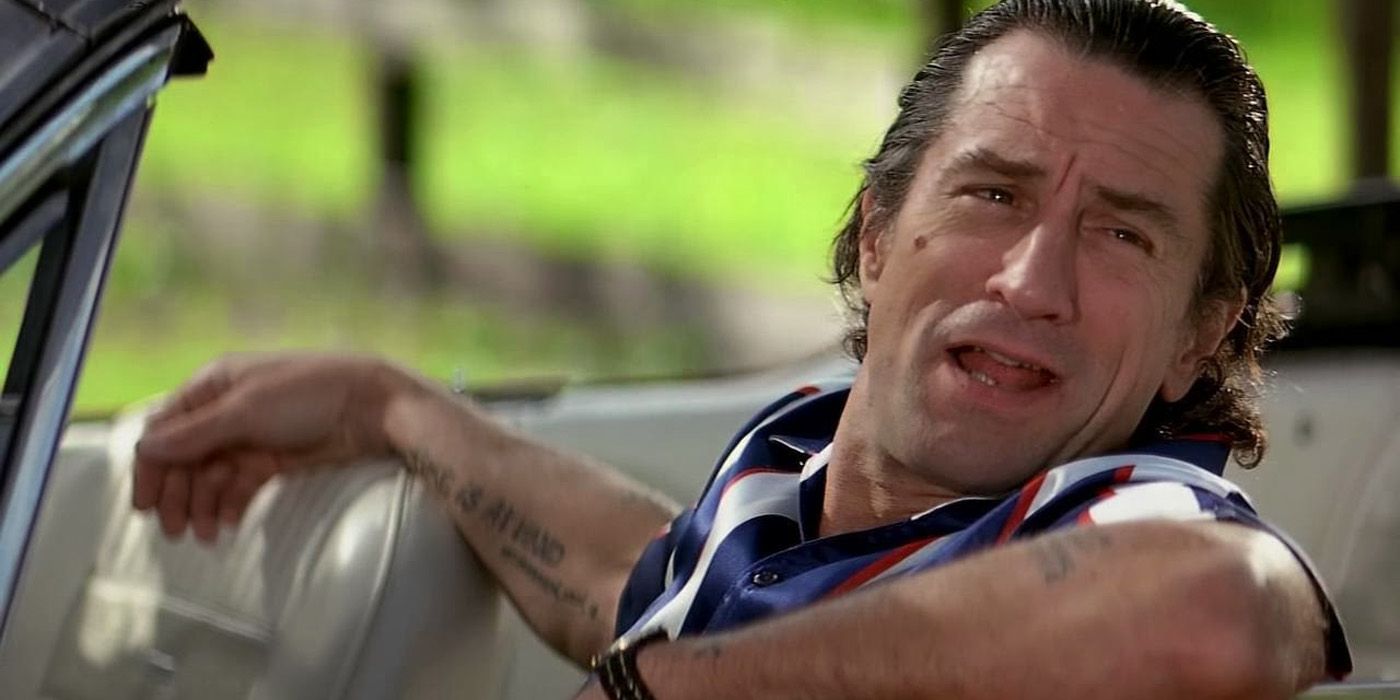
Schindler’s List was released in 1993 and was a critical and commercial success, and is often listed as one of the greatest films ever made. Schindler’s List received a number of nominations for different awards, winning the Academy Awards for Best Picture, Best Director, and Best Adapted Screenplay (among others). Spielberg used his percentage of profits from Schindler’s List to start the Shoah Foundation, a non-profit organization that archives testimonies of Holocaust survivors, and the city of Kraków bought Oskar Schindler’s Enamel Factory in 2007 to create a permanent exhibition about the German occupation of the city between 1939 and 1945.
Cape Fear was also a commercial and critical success and was nominated for different awards. Cape Fear’s legacy is more cultural than historical, as it has been referenced and parodied multiple times in other movies and TV shows, most notably in an episode of The Simpsons titled “Cape Feare”, with Sideshow Bob in the role of Max Cady (though, obviously, not as brutal as Cady). Had Steven Spielberg made Cape Fear and Martin Scorsese made Schindler’s List, the legacy of each movie would have been very different, but it would be interesting to see each one with the style and vision of the other director.
